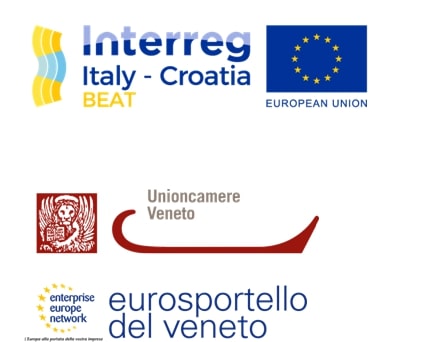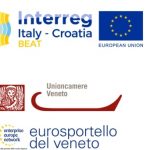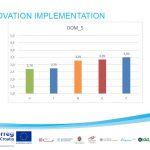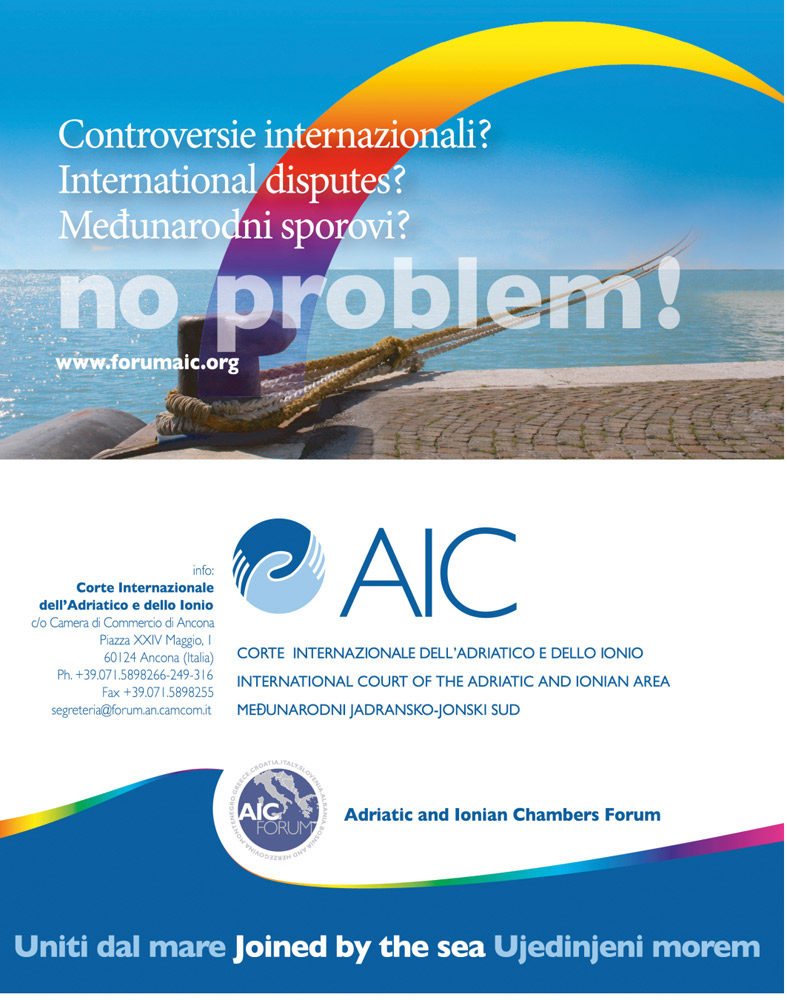Se vi è mai capitato di chiedervi: “quanto siamo innovativi nella nostra azienda?” anche in relazione ai concorrenti più diretti, beh sappiate che, come affermava il comico Corrado Guzzanti qualche anno fa, “la risposta è dentro di voi! E però è sbagliata…”.
Ed è sbagliata perché le principali metriche che mirano a catturare la capacità innovativa delle aziende nascono monche. Da un lato, si concentrano eccessivamente sugli input dell’innovazione, come la spesa in Ricerca e Sviluppo o il numero di brevetti depositati, entrambe misure di spesa e non di risultato. Dall’altro lato, vanno a vedere l’apporto fornito dai nuovi prodotti sul fatturato aziendale (come la percentuale di fatturato derivante da prodotti immessi sul mercato negli ultimi 3 anni) ma senza capire a quali spese e in quali modi – più o meno efficienti ed efficaci – i nuovi prodotti abbiano finalmente raggiunto il mercato.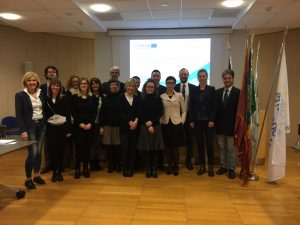
Ciò che avviene nel mezzo, tra input e output, rimane nell’oscuro. Ma sono le fasi più importanti del processo innovativo. Quelle che hanno a che vedere con le strategie, le routine organizzative e i processi operativi per organizzare e gestire l’attività di innovazione. E in assenza dei quali i processi di innovazione rimangono non sistematici e sostanzialmente frutto di intuizioni sporadiche o del tutto casuali.
Le fasi interne sono quelle che hanno a che vedere con il motore principale dell’innovazione. Che non sono le tecnologie o gli investimenti in R&S, ma le persone. Le persone con le loro motivazioni, i loro atteggiamenti, i loro comportamenti fanno la vera differenza in termini di creatività delle soluzioni proposte e dedizione al loro perseguimento.
Ma come misurare gli atteggiamenti e i comportamenti nei confronti dell’innovazione dei nostri più stretti collaboratori? In realtà gli strumenti non mancano. Gli studiosi di management hanno iniziato ad affrontare la questione assieme a psicologi e sociologi del lavoro fin dagli anni Settanta, producendo delle misure e degli strumenti adatti a catturare una molteplicità di aspetti alla dimensione comportamentale.
Ed è anche quello che abbiamo fatto all’interno del progetto BEAT approvato al primo bando standard plus del Programma Interreg Italia – Croazia 2014 – 2020, focalizzato sulla blue economy e coordinato da Unioncamere del Veneto. Un progetto che ci ha consentito di fornire a una quarantina di aziende italiane e croate dei report interni individuali e di benchmarking (comparazione con altre aziende) in relazione alle attitudini e atteggiamenti del personale aziendale verso l’innovazione. In pratica: una misurazione del clima innovativo.
Misurazione che ha riguardato molteplici aspetti: capacità creativa, attitudine auto-imprenditoriale, attitudine all’incoraggiamento altrui e alla condivisione di informazioni e conoscenze. Ma anche aspetti legati alla leadership ed allo stile più corretto per incentivare i percorsi di innovazione, ed aspetti connessi al well-being aziendale.
A ciascuna azienda abbiamo fornito un report completo che abbiamo presentato e discusso assieme alla proprietà e al management ottenendo, in alcuni casi, la richiesta di estendere la presentazione e la discussione dei risultati a tutto il personale aziendale. Un’esperienza indubbiamente arricchente e di grande soddisfazione anche per noi che l’abbiamo progettata.
Il progetto BEAT si concluderà nel mese di giugno 2019 ma c’è ancora una possibilità per chi voglia testare lo strumento al link: https://it.surveymonkey.com/r/VALUTAZIONE_CLIMA_INNOVATIVO
Ulteriori informazioni relativamente alla possibilità di ottenere una misurazione completa del clima innovativo ed un rapporto di benchmark possono invece essere richieste al referente per l’attività, Prof. Guido Bortoluzzi, dell’Università degli Studi di Trieste (guido.bortoluzzi@deams.units.it).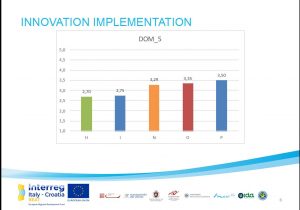
Esempio di benchmarking esterno ricevuto dalle aziende partecipanti al progetto BEAT, relativamente alla capacità di implementazione di idee innovative all’interno di 5 aziende rese anonime allo scopo.
Momento di confronto e di presentazione al personale aziendale dei risultati dell’attività di misurazione e benchmarking della capacità innovativa.
 Il responsabile dell’attività, Prof. Guido Bortoluzzi, Professore di Innovation Management presso l’Università degli Studi di Trieste (partner del progetto BEAT). Guido Bortoluzzi è anche Core Faculty Member di MIB Trieste School of Management ed autore di numerose pubblicazioni su riviste scientifiche internazionali sulle tematiche di gestione dell’innovazione.
Il responsabile dell’attività, Prof. Guido Bortoluzzi, Professore di Innovation Management presso l’Università degli Studi di Trieste (partner del progetto BEAT). Guido Bortoluzzi è anche Core Faculty Member di MIB Trieste School of Management ed autore di numerose pubblicazioni su riviste scientifiche internazionali sulle tematiche di gestione dell’innovazione.
Just how innovative is your company? Wrong answer!
If you’ve ever asked yourself: “how innovative is our company? ” above all with respect to direct competitors, you should know that, as comedian Corrado Guzzanti said a couple of years ago, “the answer is in you! But it’s wrong …”.
And it’s wrong because all the main metrics, whose scope is to capture the innovative capacity of companies, are crippled right from the word go. On one hand, they focus excessively on the inputs of innovation, such as expenditure in Research and Development or the number of patents filed, which are both spending measures rather than results. And on the other hand, they take into account the impact of new products on the company turnover (such as the percentage of turnover obtained from products placed on the market in the last 3 years), without however truly understanding at what expense and how – in a more or less efficient and effective manner – new products finally reach the market.
What happens in between input and output, remains a mystery. These are however the most important phases of the innovation process. Those that involve strategies, organisation routines and operational processes in order to organise and manage innovation activities. Without which the innovation processes remain unsystematic and substantially the result of sporadic or completely random intuition.
The internal phases are those that have to do with the main engine of innovation. Which are not the technologies or the investments in R&D, but people. People with their drive, attitude and behaviour are what really make the difference in terms of the creativity of the solutions proposed and dedication to making them become a reality.
But how can our closest collaborators measure attitudes and behaviour towards innovation? As a matter fact, we have all the tools we need. Management scholars started to address the issue together with psychologists and labour sociologists as far back as the 1970s, defining measures and tools to capture a variety of aspects of the behavioural dimension.
And this is exactly what we did in the BEAT project which was approved with the first standard plus call for the Interreg Italy – Croatia Programme 2014 – 2020, that focuses on the blue economy and is coordinated by Veneto Region Union of Chambers of Commerce. A project that has allowed us to provide to about forty Italian and Croatian companies individual internal and benchmarking reports (comparisons with other companies) relating to the aptitudes and attitudes of company personnel towards innovation. Substantially: measuring the innovative climate.
An assessment that covered many aspects such as: creative ability, self-entrepreneurial attitude, the ability to encourage others and sharing information and knowledge. But also aspects such as leadership and the most correct style to encourage processes of innovation, and aspects related more specifically to to the company’s well-being.
A full report was given to each company and presented and discussed together with the owner and management, and, in some cases, we were asked discuss these results with the company’s personnel. An undoubtedly rewarding experience, of great satisfaction even for us who designed it.
The BEAT project will end in June 2019 but there is still time for those who wish to test this tool to do so on the link: https://it.surveymonkey.com/r/VALUTAZIONE_CLIMA_INNOVATIVO
Further information on how to obtain a full assessment of the innovative climate and a benchmark report may be requested from Prof. Guido Bortoluzzi of Trieste University (guido.bortoluzzi@deams.units.it).
Example of external benchmarking received from the companies who participated in the BEAT project, concerning the ability to implement innovative ideas in 5 companies who remained anonymous.
Discussions during the presentation to company personnel of the results of the assessment and benchmarking of innovative ability.

The manager of the project, Prof. Guido Bortoluzzi, Professor of Innovation Management at Trieste University (partner of the BEAT project). Guido Bortoluzzi is also Core Faculty Member of the MIB Trieste School of Management and author of numerous articles on innovation management published by international scientific journals.

